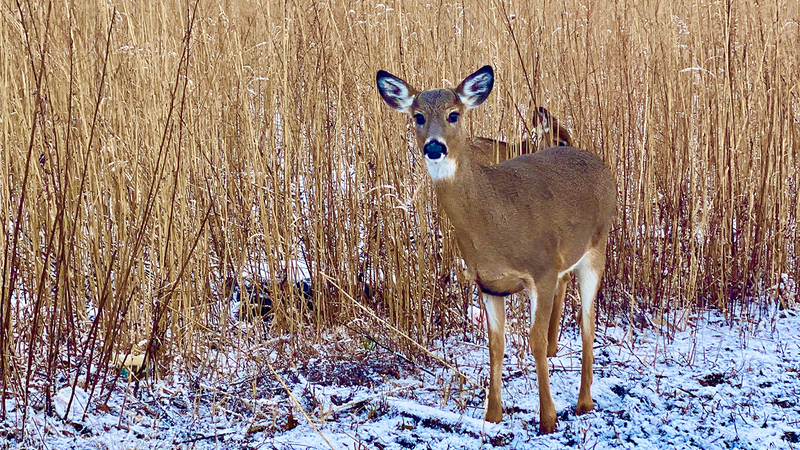
NEW YORK (KNX) — The Omicron variant isn’t new to headlines since its first appearance and rapid spread across the United States last year, but its sudden infection of deer is sparking interest among scientists.
In a recent study, researchers sampled 131 white-tailed deer from Staten Island, N.Y., and found that 15% of them tested positive for COVID-19 antibodies. Samples were collected between Dec. 12, 2021 and Jan. 31, 2022.

Though the study has not yet been peer-reviewed, researchers believe that the similarity of the Omicron sequences found in both the deer and humans in New York City could indicate that the spread to deer came from humans.
“These studies provide strong evidence of infection of free-living white-tailed deer with the SARS-CoV-2 B.1.1.529 Omicron variant…and highlight an urgent need for investigations on human-to-animal-to-human spillovers/spillbacks,” researchers said in their study findings.
They added that it is also important to define the “expanding host-range” of COVID-19 to learn more about if and how the virus could "spillback" to humans or the spread from human to animals could lead to new mutations.
The study marks at least the second time that the virus has been spotted in free-living and captive white-tailed deer.
Samples collected in Iowa between April and December 2020 showed that 94 out of 283 deer, or about 33%, were positive for COVID-19 RNA.
In a recent interview with ABC News, Dr. Samantha Wisley said it's possible that the deer in the most recent study became infected with the Omicron variant after direct contact with humans who may have tried to touch or feed them. But that's not the only way she thinks they could have caught the virus.
"The theory that I find most plausible is that we know that at least elements of the virus are shed in wastewater," the professor of wildlife ecology at the University of Florida said.
"So, people are either urinating or defecating out the virus. What we haven't seen is if that virus is still alive or able to infect other things; I don't believe that's been proven."
So far researchers have not been able to determine if the infected deer can transmit COVID-19 to humans.


